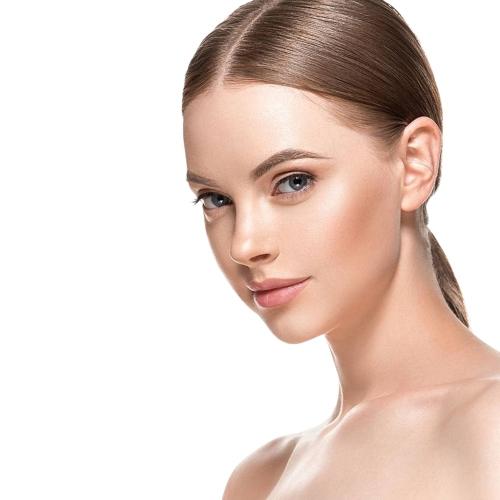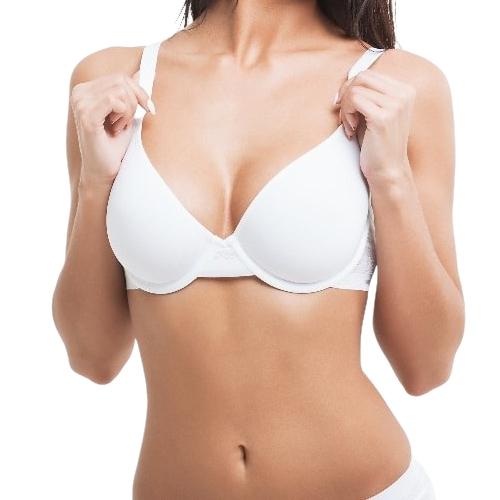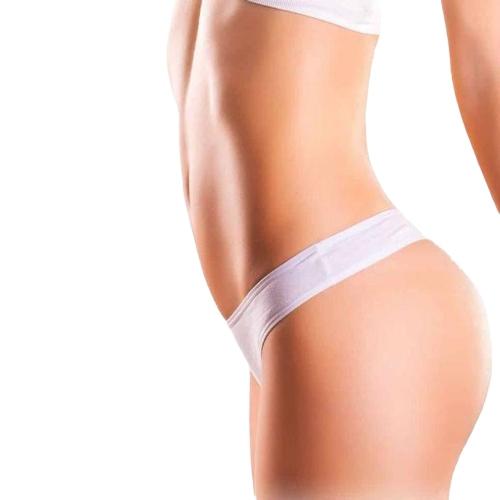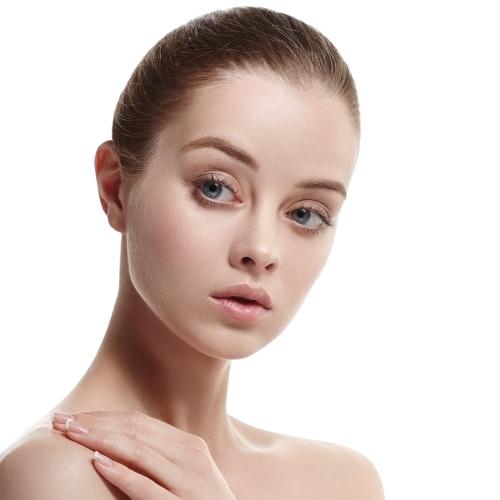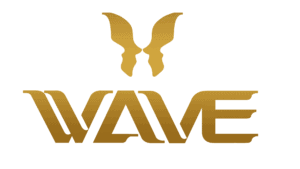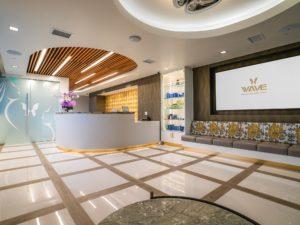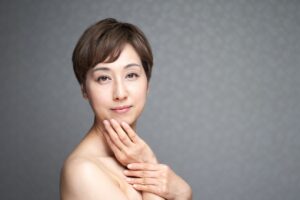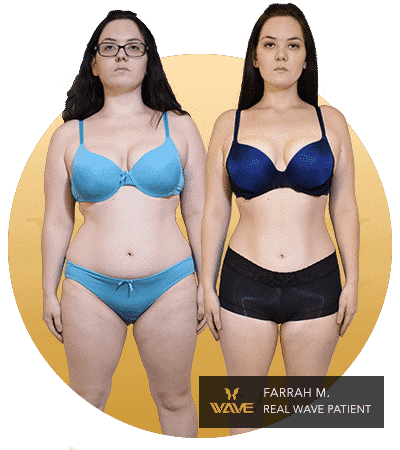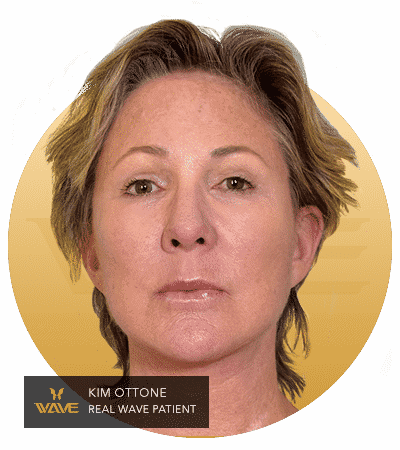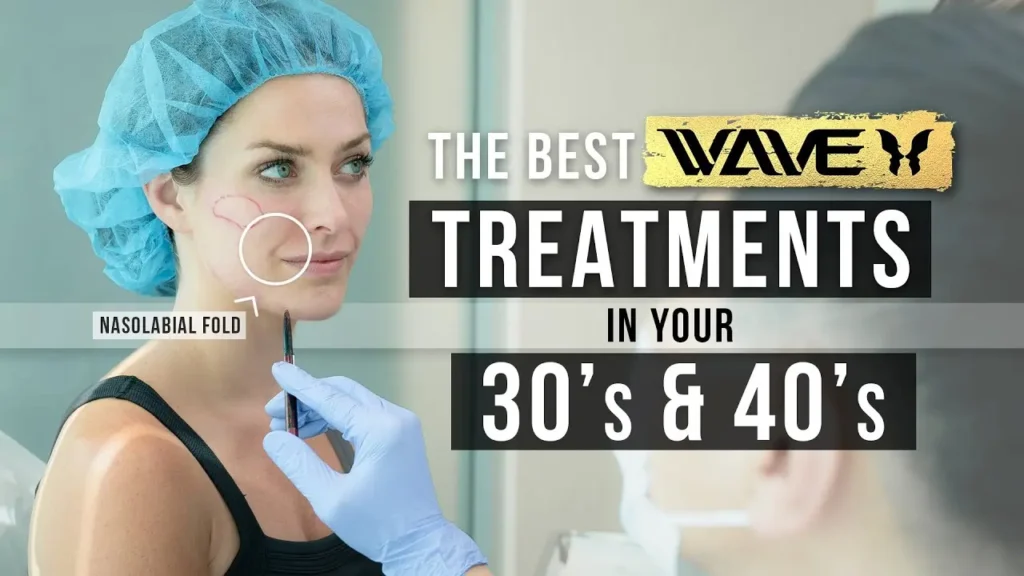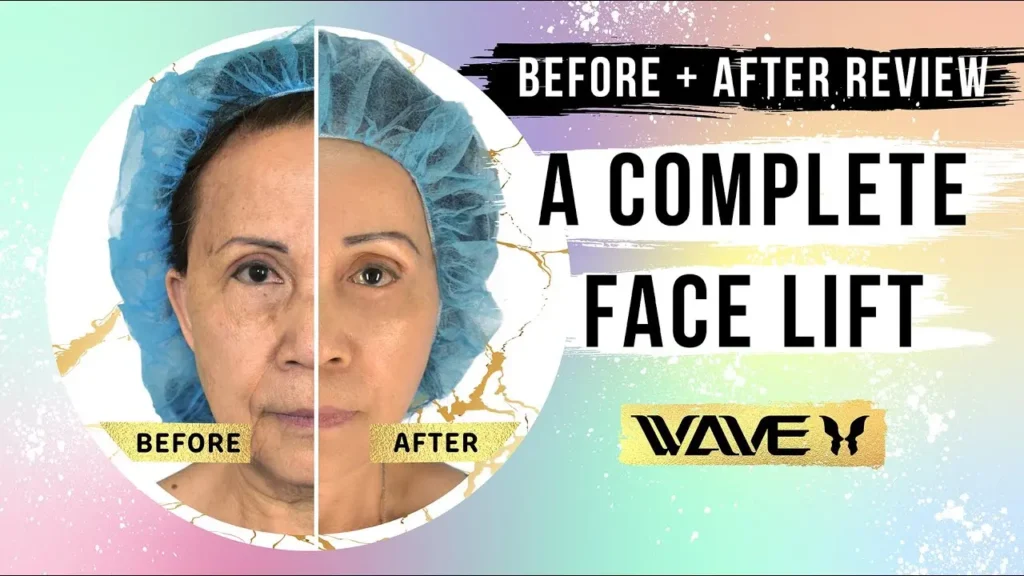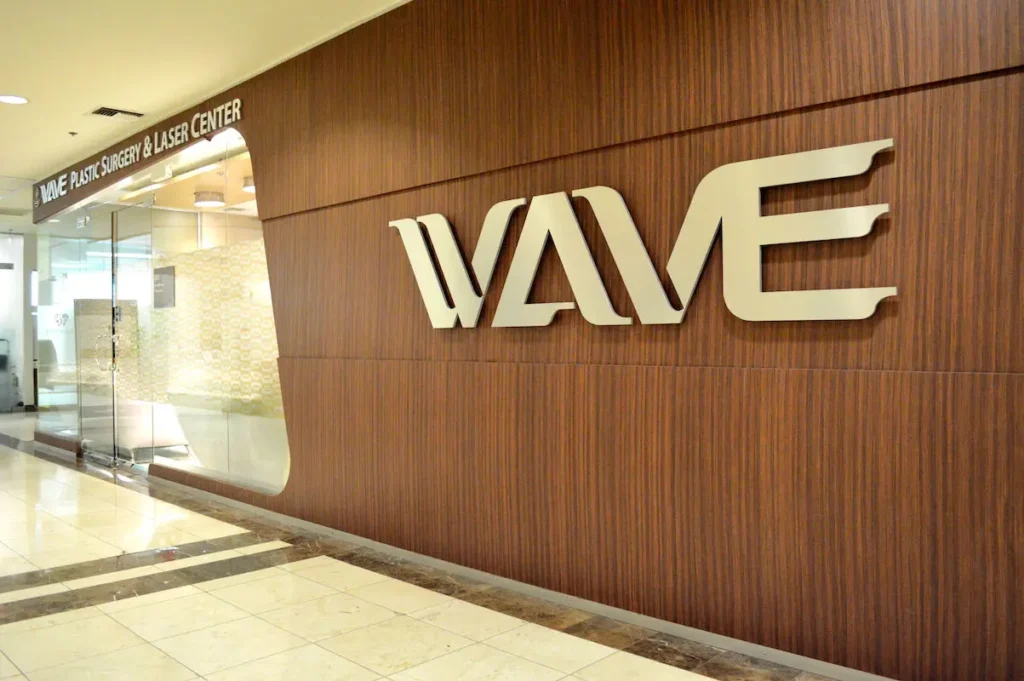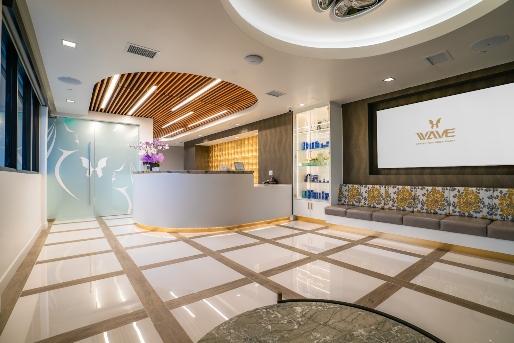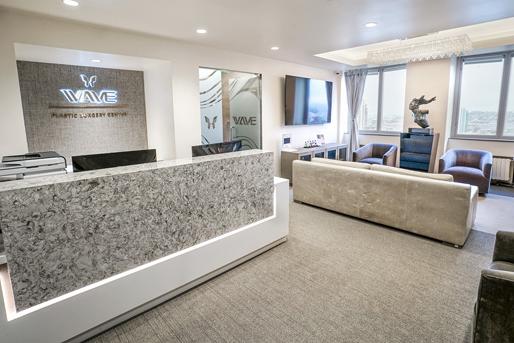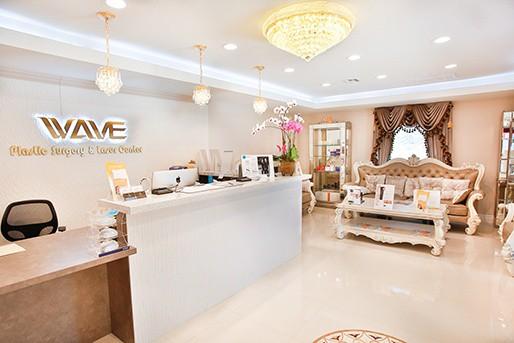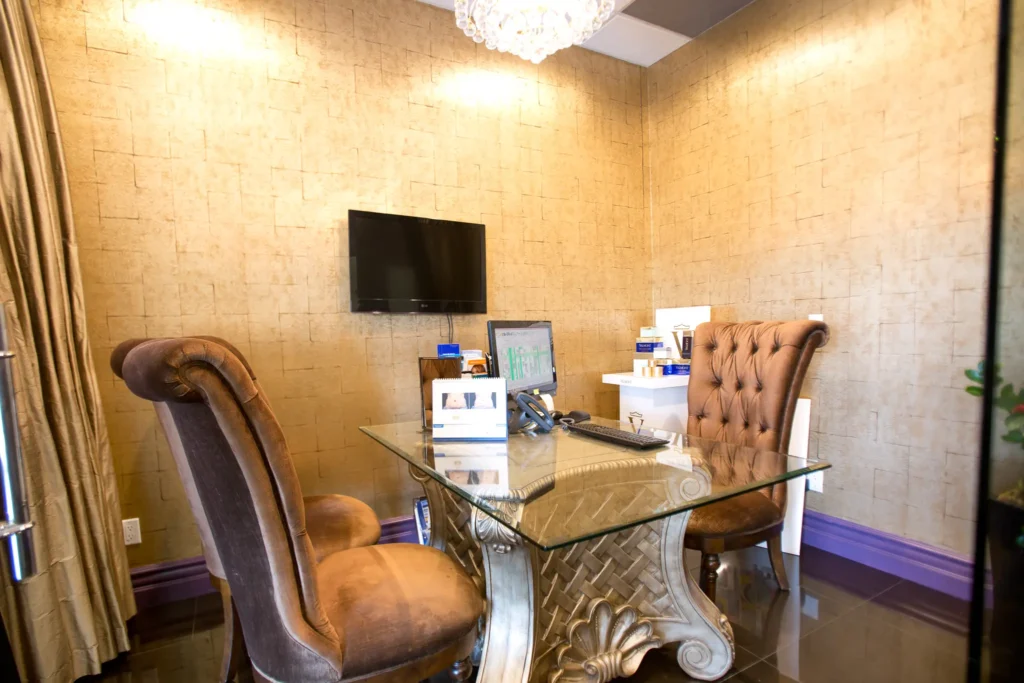What is the difference between monolid and double eyelids?
Eyes are one of the most defining facial features, and their shape can vary widely across individuals. One common difference lies in the presence or absence of a crease on the upper eyelid, leading to either monolid or double eyelid shapes. Monolid eyes, which lack a visible crease, are commonly found among East Asian populations, while double eyelids, marked by a visible fold, are common globally. These variations influence not only the structure of the eyes but also perceptions of beauty and aesthetic preferences across different cultures.
Let’s explore the distinctions between monolid and double eyelids, their cultural significance, and the variety of aesthetic options available for individuals who wish to enhance their eyelid shape. Whether you’re considering non-surgical techniques, makeup tips, or surgical options like double eyelid surgery or epicanthoplasty, understanding these differences can help you make an informed choice that aligns with your unique aesthetic goals and personal style.
What Are Monolids and Double Eyelids?
Monolids and double eyelids refer to two distinct eyelid shapes that differ in the presence or absence of a visible crease on the upper eyelid. Monolid eyes, commonly found among East Asian populations, are characterized by a smooth upper eyelid without a natural fold. This absence of a crease gives the eye a flatter appearance, which some describe as providing a unique, understated beauty. In contrast, double eyelids have a visible fold or crease above the lash line, creating a more defined contour. This fold can vary in depth and shape, making the eyes appear more open or rounded.
How can I tell if I have monolid or double eyelids?
The presence of monolids or double eyelids is often influenced by genetics and can be accompanied by an epicanthal fold, a skin fold of the upper eyelid that covers the inner corner of the eye. The epicanthal fold is particularly common among individuals with monolids, further contributing to the unique aesthetic of monolid eyes.
Why do some people have monolid eyes?
Culturally, monolids and double eyelids carry different connotations, especially in East Asian communities, where beauty standards often emphasize larger, more defined eyes. As a result, some individuals with monolids may opt for aesthetic enhancements, such as double eyelid surgery or non-surgical techniques, to achieve a double eyelid appearance. However, attitudes are shifting as many embrace the beauty of natural monolids, celebrating diverse eyelid shapes as part of individual identity and style. Understanding the differences between monolids and double eyelids can help individuals make informed decisions about their preferred look, whether that involves embracing their natural shape or exploring enhancement options.

The Anatomy Behind Monolids and Double Eyelids
What causes monolid vs. double eyelid differences?
The anatomical differences between monolids and double eyelids are primarily determined by the structure and positioning of tissues in the upper eyelid. Monolids are characterized by the absence of a visible crease, resulting from a unique distribution of fat and connective tissue within the eyelid. In monolid anatomy, the tissues are positioned in such a way that they do not form a fold above the lash line. This lack of a crease gives monolid eyes a flatter, smooth appearance and often includes an epicanthal fold—a skin fold that covers the inner corner of the eye. The epicanthal fold is a common feature among individuals with monolids, especially those of East Asian descent, further contributing to the unique aesthetic of monolid eyes.
In contrast, double eyelids have a visible crease or fold in the upper eyelid, formed by a lower placement of connective tissue and fat, which allows the skin to fold back. This structure creates a more defined contour around the eyes, making them appear larger or more rounded. The presence of a double eyelid fold is commonly seen in various ethnicities around the world, but it is less prevalent among East Asians, where monolids are more common.
Why do Asians have monolids?
The answer lies in genetics and the natural diversity of human anatomy. Monolids are simply a variation of eyelid anatomy that has become prevalent in certain populations due to genetic inheritance over generations. This diversity in eyelid shapes reflects the wide range of natural beauty across ethnicities, with each variation contributing to the individual’s unique facial features. Understanding these anatomical differences helps to appreciate the beauty of both monolids and double eyelids, emphasizing that both are simply expressions of genetic diversity.
Cultural Significance and Perceptions
What is the cultural significance of monolid eyes?
The cultural perceptions of monolid and double eyelids are deeply rooted, especially in East Asia, where beauty standards often emphasize specific facial features, including eye shape. For decades, double eyelids have been favored in many East Asian societies, partly due to the influence of Western beauty ideals and a preference for larger, more defined eyes. This preference has led to a rise in cosmetic procedures like double eyelid surgery, as some individuals seek to attain what is often considered a more open, expressive eye shape. The choice between monolid vs double eyelid has become a personal and aesthetic decision influenced by cultural beauty standards, media representation, and social perceptions.
Why are double eyelids often preferred in East Asian beauty standards?
The influence of media and popular culture cannot be understated. With the widespread use of social media, beauty standards are often magnified, and trends in eye shapes can shift quickly. However, the past decade has seen a growing acceptance and celebration of the cultural significance of monolids and diverse eye shapes. Many celebrities and influencers proudly embrace their monolid eyes, challenging traditional standards and redefining beauty. This shift is encouraging a more inclusive view of beauty, where unique features are celebrated rather than altered to fit a single standard. As individual preference takes precedence, people are more empowered to choose the look they feel best represents their identity. Whether someone chooses to enhance their natural monolid eyes or pursue a double eyelid appearance, the decision increasingly reflects personal style rather than societal pressure. The growing acceptance of diverse beauty standards highlights a movement towards individuality, where people are celebrated for embracing their unique features, reinforcing that all eye shapes possess their own beauty.
Common Aesthetic Options for Monolids
What are non-surgical ways to enhance monolid eyes?
For a temporary crease, eyelid tapes and glues are common non-surgical options. These products can create a fold on the upper eyelid, giving the appearance of a double eyelid. Eyelid tapes and glues are widely available, easy to apply, and provide a non-permanent solution for those who occasionally want a different look. This technique is especially popular among individuals who want to experiment with a double eyelid appearance before committing to any permanent changes.
Is double eyelid surgery the only option for creating a crease?
For those interested in a permanent solution, double eyelid surgery—also known as Asian blepharoplasty—is a popular surgical option. This procedure creates a crease in the upper eyelid, giving the eyes a more defined look. Another common procedure is epicanthoplasty, which involves reshaping the inner corners of the eyes by reducing the epicanthal fold. This can open up the eye area further and is often performed alongside double eyelid surgery for a balanced result. For more details on epicanthoplasty, refer to Wave Plastic Surgery’s Epicanthoplasty page, where you can learn about the benefits and outcomes of this specialized procedure.
Ultimately, aesthetic options for monolids offer flexibility. Whether someone prefers non-surgical methods like makeup and eyelid tapes or opts for a permanent enhancement through double eyelid surgery or epicanthoplasty, there are choices to suit individual preferences and beauty goals. Each option allows individuals to personalize their look while celebrating the unique characteristics of monolid eyes.
Monolid vs Double Eyelid Surgery
| Aspect | Double Eyelid Surgery (Asian Blepharoplasty) | Epicanthoplasty |
|---|---|---|
| Purpose | Creates a visible crease or fold on the upper eyelid for those with monolids who desire a double eyelid appearance. | Reduces the epicanthal fold (inner corner fold) to open up the eye area, often performed alongside double eyelid surgery for a more prominent and defined eye shape. |
| Benefits | -Enhances eye definition and gives a more open, rounded appearance.
-Provides a permanent crease for individuals with monolids. - Improves symmetry between both eyes. | - Enhances the inner eye corner, creating a larger, more open look.
- Complements double eyelid surgery for a cohesive transformation. - Beneficial for those with a pronounced epicanthal fold who wish for more eye visibility. |
| Procedure Overview | Involves creating an incision or using a suture technique to form a crease in the upper eyelid. The chosen technique depends on the patient’s eye structure and desired results. | Involves a small incision to adjust or remove part of the epicanthal fold. This creates a smoother inner eye area and can make the eyes appear larger and more open. |
| Expected Outcomes | Patients can expect a well-defined, permanent crease that creates a natural-looking double eyelid. The results vary based on individual anatomy but aim to harmonize with facial features. | Patients can expect a more open eye appearance with the inner corners exposed, leading to a brighter, larger look. When combined with double eyelid surgery, the results are more balanced and cohesive. |
| Recovery | - Mild swelling and bruising for 1-2 weeks.
- Most patients can return to regular activities within 1-2 weeks, with full results visible after 1-3 months. | - Similar recovery time as double eyelid surgery, with some swelling and bruising in the inner corners.
- Full results become apparent within 1-3 months as swelling subsides. |
| Ideal Candidates | Individuals with monolids or those seeking a more defined double eyelid appearance. It’s suitable for those looking for a permanent change to enhance eye definition. | Individuals with a pronounced epicanthal fold or those undergoing double eyelid surgery who desire a more open inner eye area. Often recommended for those wanting to enhance both eye shape and size. |
| Choosing an Experienced Surgeon | Due to the delicate nature of eyelid structure and desired aesthetic, selecting a surgeon with expertise in monolid eye surgery options is essential. An experienced surgeon can ensure natural results and minimize risks. | Epicanthoplasty requires precision, especially for those with monolids. A skilled surgeon is crucial to achieving a balanced, natural look, as it involves reshaping the inner eye area to align with the patient’s unique facial features. |
This table provides a clear comparison of double eyelid surgery vs monolid surgery options, focusing on the benefits of epicanthoplasty and double eyelid surgery for those seeking to transform or enhance their monolid eyes. Both surgeries offer unique advantages, but choosing an experienced surgeon is key to achieving satisfying, natural results.
Non-Surgical Methods for Enhancing Monolid and Double Eyelids
How can I temporarily create a double eyelid with monolids?
For individuals seeking to enhance the appearance of their monolid or double eyelids without surgery, there are several popular non-surgical options that can temporarily create or emphasize a crease and make the eyes appear larger. Eyelid tape is one of the most commonly used products for monolids, as it can create the appearance of a double eyelid by forming a temporary crease. It’s easy to apply, affordable, and available in various shapes to suit different eyelid types. Similarly, eyelid glue serves a similar purpose by sticking the upper eyelid skin together, creating a natural-looking crease that lasts throughout the day.
What makeup techniques work best for monolid eyes?
Makeup techniques are also effective in enhancing monolids and double eyelids. Monolid makeup tips often emphasize contouring and blending to add depth to the eye area. For example, applying a gradient of eyeshadow from the lash line upwards can create an illusion of a crease, giving the eyes more dimension. Eyeliner is another powerful tool for monolids, often applied in a winged or extended style to elongate the eyes and make them appear larger.
For those who want to change their eye shape and appearance further, special contact lenses designed to enlarge the iris can make the eyes look bigger and more defined. These lenses are particularly popular in East Asian beauty trends and work well with monolid and double eyelid makeup techniques to achieve a desired look without permanent alteration.
While these non-surgical double eyelid options are temporary, they allow individuals to experiment with different looks and achieve their aesthetic goals without committing to surgery. Each method offers flexibility and versatility, catering to personal preferences and day-to-day style changes, whether that’s embracing the natural beauty of monolids or creating a temporary double eyelid effect.
What do patients say about double eyelid surgery?
Real-life patient experiences offer valuable insight into the transformative impact of both surgical and non-surgical options for those with monolid eyes seeking enhancement. At Wave Plastic Surgery, many patients have shared their satisfaction with double eyelid surgery and epicanthoplasty, praising the natural and harmonious results achieved by skilled surgeons. Reading these double eyelid surgery testimonials can provide reassurance for individuals considering the procedure, as these stories highlight the positive experiences and successful outcomes.
One patient expressed how undergoing double eyelid surgery not only enhanced their appearance but also boosted their confidence. They noted that their eyes appeared more open and expressive, which made them feel more comfortable in social and professional settings. This patient appreciated the subtle, natural look achieved by Wave’s surgeons, emphasizing how the procedure exceeded their expectations.
Another success story comes from a patient who combined double eyelid surgery with epicanthoplasty to achieve a balanced, symmetrical look. They mentioned that the combined approach made a significant difference in opening up their eye area while retaining a look that felt true to their identity. This patient’s satisfaction stemmed from the personalized care and attention to detail provided by the Wave Plastic Surgery team, who ensured the results were in line with the patient’s goals.
These patient experiences with monolid transformation reflect the lasting satisfaction that comes from working with experienced surgeons. Whether through surgical or non-surgical methods, these testimonials underscore how personalized approaches can help individuals achieve the look they desire while celebrating their unique features.
Factors to Consider Before Opting for Eyelid Enhancement
Before deciding on an eyelid enhancement procedure, whether surgical or non-surgical, it’s essential to carefully evaluate several key factors to ensure a satisfying outcome. First and foremost, consider your goals for the procedure. Are you aiming to create a defined crease, open up your eye area, or simply enhance your natural features? Understanding what you hope to achieve will guide you toward the right options, whether it’s double eyelid surgery, epicanthoplasty, or non-surgical methods like eyelid tape.
Lifestyle is another critical consideration. Surgical procedures require time for recovery, so it’s important to assess how much downtime you can accommodate. Double eyelid surgery and epicanthoplasty typically involve a recovery period of 1-2 weeks with some bruising and swelling, which may impact daily activities temporarily. If a busy lifestyle limits recovery time, you might explore non-surgical methods as a flexible, temporary solution.
Additionally, it’s crucial to understand the potential risks and limitations of each procedure. Surgical options come with a level of risk, such as infection, asymmetry, or scarring, which makes consulting a qualified and experienced plastic surgeon imperative. During a monolid vs double eyelid consultation, a skilled surgeon will discuss these factors, helping you set realistic expectations and ensuring that the chosen procedure aligns with your facial structure and aesthetic goals.
Reviewing before-and-after photos and reading patient testimonials is also invaluable for informed decision-making. These resources provide insight into the surgeon’s skill and the typical results achieved, helping you gauge whether the surgeon’s approach matches your vision. Patient experiences can also shed light on what to expect during recovery and the impact of the results.
Ultimately, choosing a surgeon with expertise in eyelid procedures, particularly those involving monolids, is essential for achieving natural, satisfying results. Consulting with a qualified professional at Wave Plastic Surgery can help you explore your options, address concerns, and feel confident in your decision, knowing that the chosen approach is tailored to your unique needs and facial features.
Ready to learn more about your eyelid enhancement options?
Understanding the differences between monolid and double eyelid eye shapes, as well as the various options for enhancement, empowers individuals to make informed choices that align with their personal preferences and aesthetic goals. Whether you choose non-surgical methods like makeup and eyelid tape, or surgical options like double eyelid surgery and epicanthoplasty, there is a wide range of techniques to enhance your natural beauty or achieve a specific look.
Embracing your unique features is a beautiful choice, but for those who desire a different appearance, modern aesthetic options offer flexible solutions. Each individual’s journey is personal, and the most important factor is choosing an approach that resonates with you.
Want to speak to an expert about monolid and double eyelid choices?
If you’re considering eyelid enhancement and want guidance tailored to your unique facial structure and goals, the experienced team at Wave Plastic Surgery is here to help. Contact us at Wave Plastic Surgery to learn more about monolid and double eyelid options, and discover how our skilled surgeons can help you achieve your aesthetic goals. Schedule a consultation today and take the first step toward a look that feels authentically you.
Frequently Asked Questions About Monolid and Double Eyelid
Epicanthoplasty is a surgical procedure that reduces the inner corner fold (epicanthal fold) to make the eyes appear larger and more open, often done alongside double eyelid surgery.
Give us a call today to schedule your consultation with one of our board-certified plastic surgeons at Wave Plastic Surgery.

